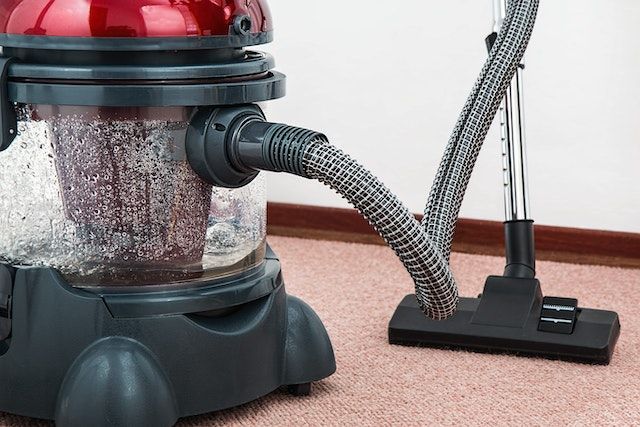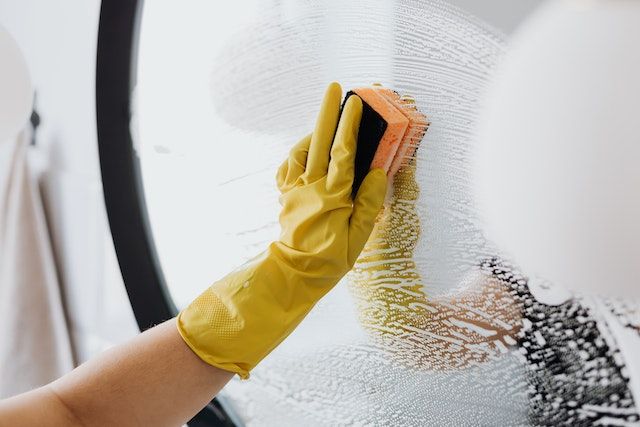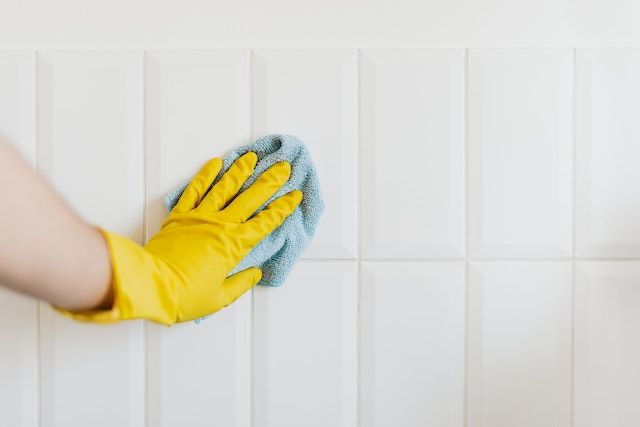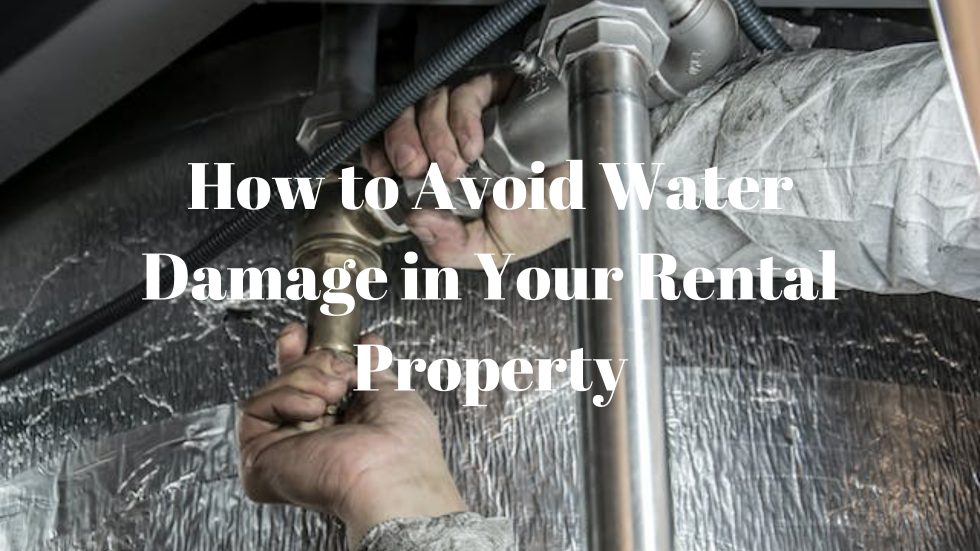Everything You Need to Know About End of Tenancy Cleaning

The process of changing tenancy can be both exciting and overwhelming. Having a new tenant move in creates opportunities for new landlord tenant relationships, as well as a long term quality tenant. However, before such a person can move in, it is the landlord’s responsibility to organize an end of tenancy cleaning.
With so many factors to consider, such as inventory checklists and legal requirements, it can take a lot of work to know what needs to be done when making sure the property looks new and
ready to rent.
Therefore, you must arm yourself with detailed knowledge of how best to tackle end-of-tenancy cleaning. This blog post will provide an all-encompassing guide on how to carry out efficient end-of-tenancy cleaning.
What Is the End of Tenancy Cleaning, and Why Is It Important?
End-of-tenancy cleaning is a cleaning service provided at the end of a tenancy agreement to ensure that all areas of the rented property are properly cleaned and ready for new tenants.
This cleaning usually includes
deep-cleaning carpets, dusting and wiping down all surfaces, mopping floors, and scrubbing bathrooms and kitchens. End-of-tenancy cleaning is essential as it ensures that the property is hygienic and presentable, making it easier for a landlord to attract new tenants.

Additionally, end of tenancy cleaning can help protect a tenant's security deposit; if the property is not in an acceptable condition, the landlord can claim the deposit. So, always check it yourself, or if you are a long distance landlord, make sure someone else checks that the property is thoroughly cleaned and that any damage or mess is rectified before moving out.
What Is Fair Wear and Tear?
Fair wear and tear is a term used to describe the deterioration of a rented property due to normal day-to-day usage. It typically includes faded paint, stained carpets, broken fittings, damaged walls or furniture, and other issues that can arise after prolonged use.
Although wear and tear are expected, the landlord must conduct property inspections regularly during the tenancy so that any damage caused by the tenant can be detected and rectified immediately.
How Clean Must the Tenant Leave the Unit?
The tenant must return the unit to a condition that is comparable to how it was before moving in. This means that any damage that the tenant causes during the tenancy should be repaired, and the property must be clean and free from any trash or unwanted items.

Also, landlords should note that tenants are not responsible for any damage due to normal wear and tear.
What Should You Pay Attention to During a Cleaning?
It is a list of tasks that are required to be done before returning the property to its former owner or landlord. Pay attention to the following areas for a deep clean:
Kitchen
- Wipe down all countertops
- Sweep and mop floors, and remove any grease or grime on the stovetop and in the ovens
- Sanitize sinks
- Clean kitchen walls using warm water and cleaner
- Empty the cabinets and drawers and clean them thoroughly
- Clean behind and under the refrigerator, dishwasher, and other appliances
Bathrooms
- Scrub the bathtub and shower stall
- Disinfect the toilets, sinks, countertops, and faucets
- Wipe down the mirrors
- Dust the light fixtures and other surfaces
- Clean the basin, taps, and fittings
- Clean the bathtub, paying attention to any stains caused by limescale or hard water.
- Clean all tiles, removing all the mold from the grout with a toothbrush
- Clean the shower tray and doors, make sure to clean the shower head and remove any spots or limescale
Bedrooms and Living Areas
- Vacuum the carpets, rugs, and all upholstered furniture
- Dust all the surfaces, light fixtures, and ceiling fans
- Clean the windows, glass doors, and other fixtures
- Wipe down the walls, woodwork, and baseboards
- Wash the curtains if necessary
Walls, Floors, and Ceilings
- Vacuum or sweep all floors thoroughly
- Clean any scuffs or dirt off the walls using a damp cloth and cleaning detergent

- Polish light switches and electrical sockets with an appropriate cleaner
- Check around door frames for dust and dirt
- Wipe any skirting boards using a damp cloth
- Dust window sills and ledges
- Clean all drains in the property with a drain cleaning product
Can You Carry Out End-Of-Tenancy Cleaning Yourself?
Yes, you can. However, ensuring that you have the right equipment and products to do the job correctly is vital. Depending on your property and its condition, this may include high-powered vacuums,
steam cleaners, specialized cleaning chemicals, and more.
Also, end-of-tenancy cleaning requires a lot of effort and time, so it's essential to be realistic about how much you can accomplish on your own. If the property is in bad shape, you may find it challenging to tackle all the tasks within a limited time frame.
Many landlords opt for professional end-of-tenancy cleaning services, providing fast and optimal results that can ensure their property is ready to rent quickly. Sometimes, these services can be acquired by partnering with a reputable
property management company.
Wrap Up
An end of tenancy cleaning prepares the property for a new tenant. Hiring a professional cleaning service may be necessary if large areas need to be cleaned or the tenant needs more time. The experts at
Dawson Property Management have connections in the field that can help you find someone you can trust.
Remember to document everything to ensure that both you and the tenant have a complete record of the cleaning process. Following these steps will help make sure the end-of-tenancy cleaning goes smoothly and that both parties are satisfied with the outcome.







